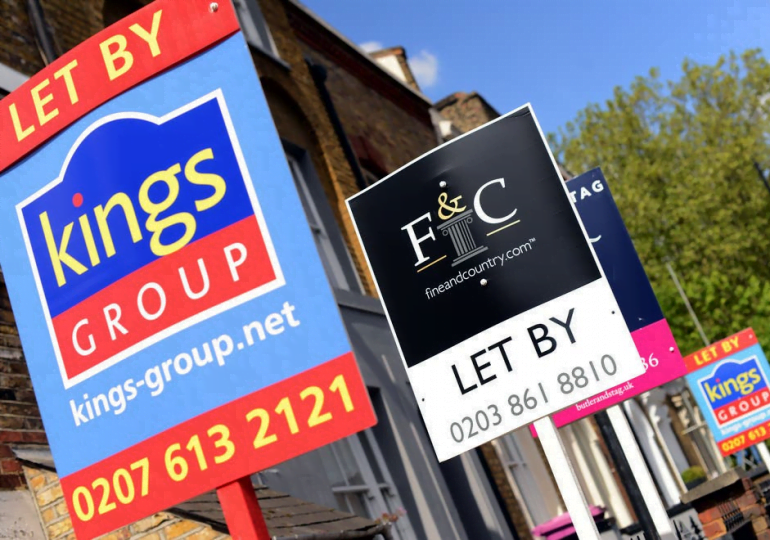Tenants are returning to the city centre, with rental growth fuelled by the increased demand as well as limited stock.
Rents in London have risen for the first time since the pandemic took hold, as tenants finally return to the city centre.
The cost of renting a home in the capital was 3.6 per cent higher this summer than the previous year – according to the latest rental tracker from Rightmove. This takes the average rent in the capital to £2,019.
In the second quarter of the year (April, May, June) rents slid by 3.1 per cent on an annual basis but reversed in the third quarter (July, August, September) as people started to drift back to the office.
“A year of various lockdowns saw many city centres hit with either a complete standstill in rental growth or falls of over ten per cent, as tenants moved further out or back in with family temporarily,” says Tim Bannister.
“But as society opened up again cities have not only bounced back but are now seeing strong rental growth, fuelled by increased demand and limited stock.”
More are returning to inner London than outer in a bid to be close to the office and much-missed culture and amenities. This quarter rents rose 5.6 per cent on the previous year in the centre of the capital compared to 1.7 per cent in outer London.
Rents across London and beyond
- Inner London asking rent: £2,348 (up 5.6pc in Q3)
- Outer London asking rent: £1,777 (up 1.7pc in Q3)
- Average asking rent for London: £2,019
- National asking rent: £1,047
London gripped by a rental supply crisis
Rental supply is the lowest in almost a decade, according to a study from the website Spareroom.com. The number of ‘rooms wanted’ adverts on the site outweighed the ‘rooms available’ notices for just the third time in six years.
The imbalance is the most acute in London where enquiries to rent are up 165 per cent this autumn on the previous year. In fact, LonRes has 2,800 properties register for rent versus 13,000 this time last year.
The majority of demand is coming from those who moved back home with parents or shared with friends during the pandemic and lockdowns. Students are returning too.
“I have not seen such little rental stock in 12 years of working in the sector,” says Olivia McSweeney of Rokstone. There’s a combination of factors, she explains. Some tenants locked in low rents last year mid-pandemic for the next two to three years and some landlords have decided to sell up.
This September everyone came back to the rental market in central London at the same time, she continues, including the 2021/2022 new university undergraduate intake, along with those who were studying remotely last year.
“One student told me that there are a record number of people on his course because colleges can operate a hybrid model of remote and in-person learning,” says McSweeney.
Demand is highest for one-to-two bedroom flats and family-sized houses.
Leave a comment

